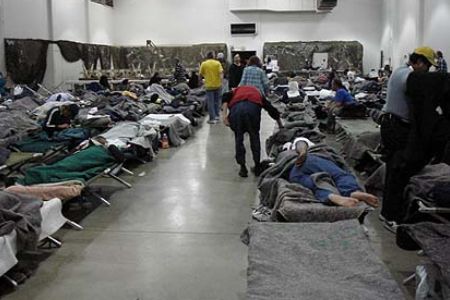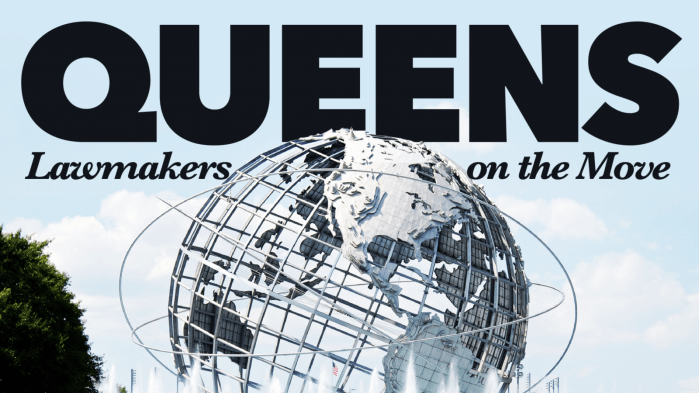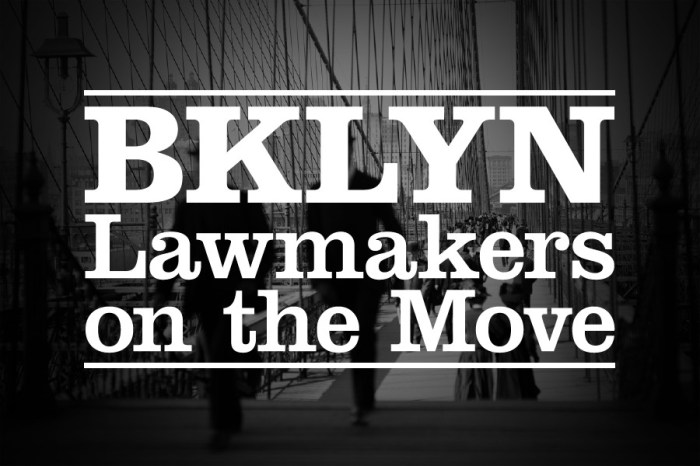A panel of social services representatives defended themselves against homelessness activists at a City Council hearing Monday.
Several advocates for the homeless, and a few who have experienced homelessness themselves, detailed the harrowing shelter experiences and gave their suggestions to the Council.
The Council questioned Molly Park, the first deputy commissioner of the Department of Homeless Services, and found why the number of single adults in homeless shelters has increased and why conditions are still not satisfactory to many who stay there.
City Councilmember Stephen Levin (-Brooklyn), chair of the Committee on General Welfare, noted that when the de Blasio administration came to office in 2013 there were roughly 11,500 single adults in shelters. “That increased to a high of 20,822 which would have been in February of 2021,” he said.
Park responded that the increase in the shelter population of single adults was largely due decarceration of people in jails and a lack of affordable housing stock. “There’s a lot of positives to the trend towards reducing incarceration, but it needs to be done in a thoughtful way,” she said.
“It’s very difficult for a single person to find housing and when you compound that with the need to find affordable housing, that is just a tremendous challenge,” Park continued. She specified that she was not criticizing any specific criminal justice policy.
For those experiencing homelessness, Levin said, the length of stay has increased from about 305 days in 2013 to 476, about a 60% increase for single adults who need a place to stay. Park pointed to Intro 146, a bill from the Council which required her department to expand the rental assistance voucher program, which is meant to increase the number of permanent apartments available for shelter residents.
“I think what we don’t need in terms of affordable housing are a lot of single units at 80% of AMI [Area Median Income]. We need single units for 40% of AMI and 30% of AMI and 50% of AMI but we don’t need it at those higher income levels because that’s not helping people coming out of shelter,” Levin said.
Sarah Wilson, an organizer with the Urban Justice Center’s Safety Net Project, has previously praised that legislation Levin mentioned but attended Monday’s hearing to ask the Council to do more. Wilson finds congregate shelters especially dangerous for homeless single adults, as someone who has stayed in one before.
“I developed ulcerative colitis due to the lack of nutrition and stress,” she said. Wilson said she witnessed other women in shelters on dialysis because they were locked out for most of the day in inclement weather, while in the evenings they were locked in, unable to leave.
“If you missed a bed, you’re bagged up and transferred to any borough if not sanctioned,” Wilson continued.
She called the staff “extremely cutting” and was concerned about the number of police in the shelters, compared to the small number of counselors. “I point these things out because there are common issues throughout that can be corrected if there was a political will.”













